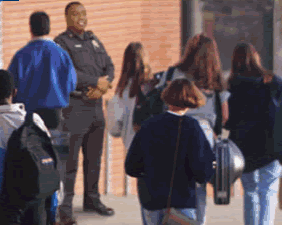
[Editorial by By Jean Klasovsky] SB2793 is sitting on IL Governor Pat Quinn’s desk. He should sign it. This bill would make suspension and expulsion rates public and require the schools with the highest rates to create a school discipline improvement plan.
With one of the highest suspension rates in the nation, one might think the Chicago Public Schools would be at a loss for alternatives. But restorative justice is one alternative and it belongs in every school discipline plan.
Instead of simply punishing student behavior, restorative justice holds students accountable by asking them to repair the harm they’ve caused.
When I started teaching in a CPS high school, I attempted to manage my classroom with reason and civility. I would pull a disruptive student to the side and thought that a conversation would be sufficient to change her behavior. It didn’t work.
I asked my classes, “What must I do to get you to change your behavior?” They answered, “Send us to the discipline office.” That’s when I got it.
The “zero tolerance” policies my students had grown up with taught them their behavior didn’t need to change unless they were punished.
Zero tolerance began in many school districts in the late 1980s, when students started receiving severe punishments for even minor infractions. Remember the six-year-old in North Carolina suspended for kissing a classmate on the cheek?
How about 10 days suspension in Chicago for being caught in the hallway after the bell rang?
Research tells us zero tolerance doesn’t work.
Source: suntimes.com
